Application: Link


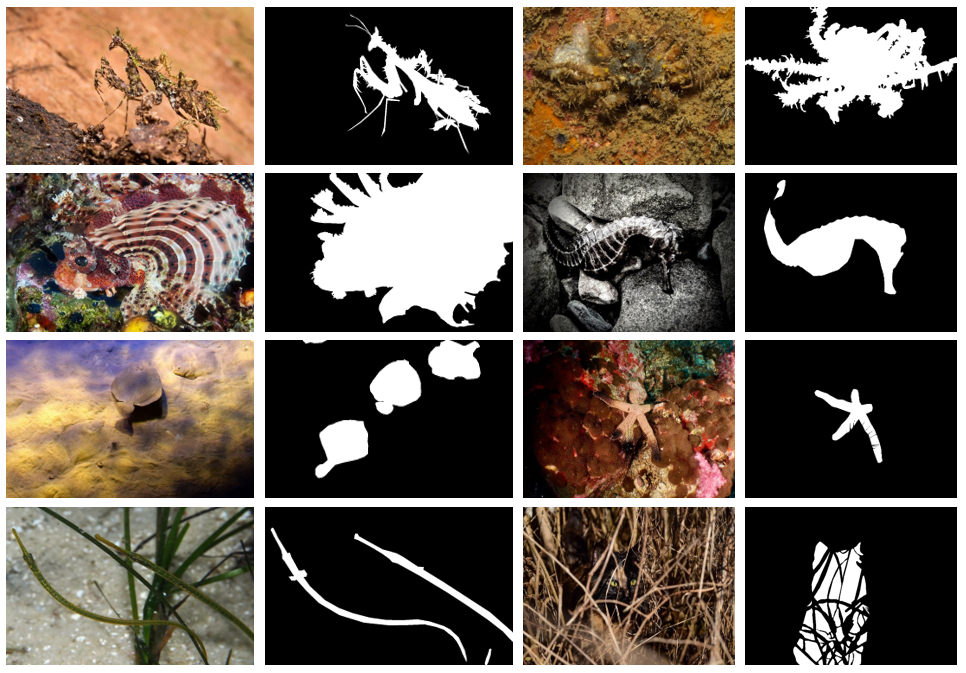
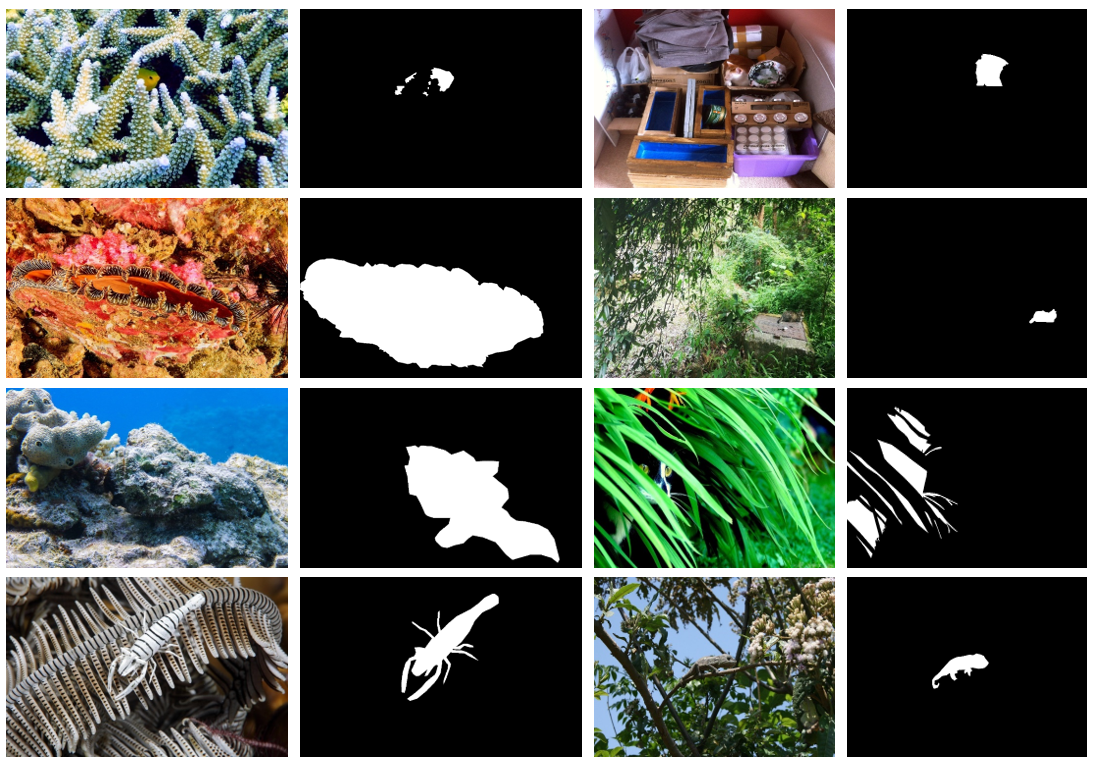
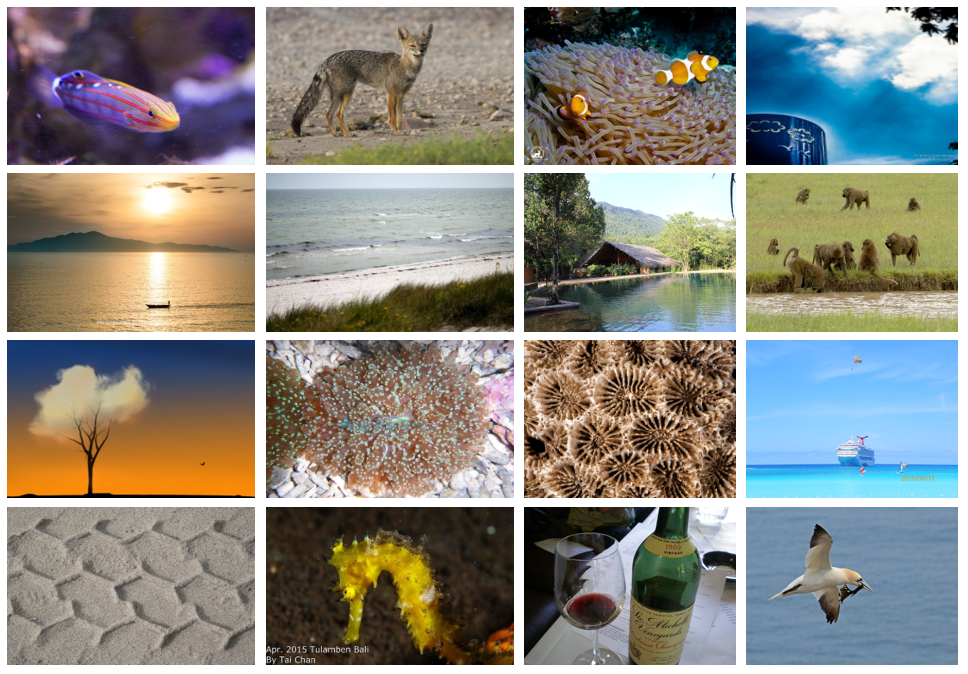
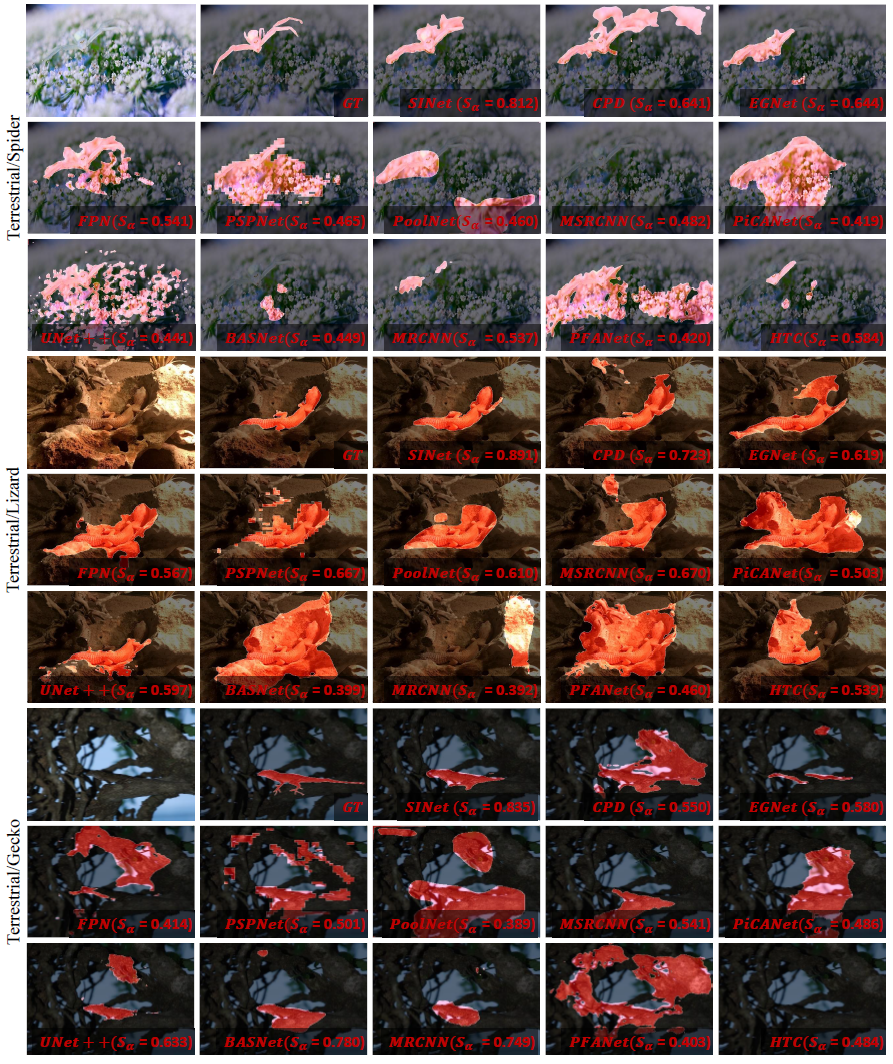
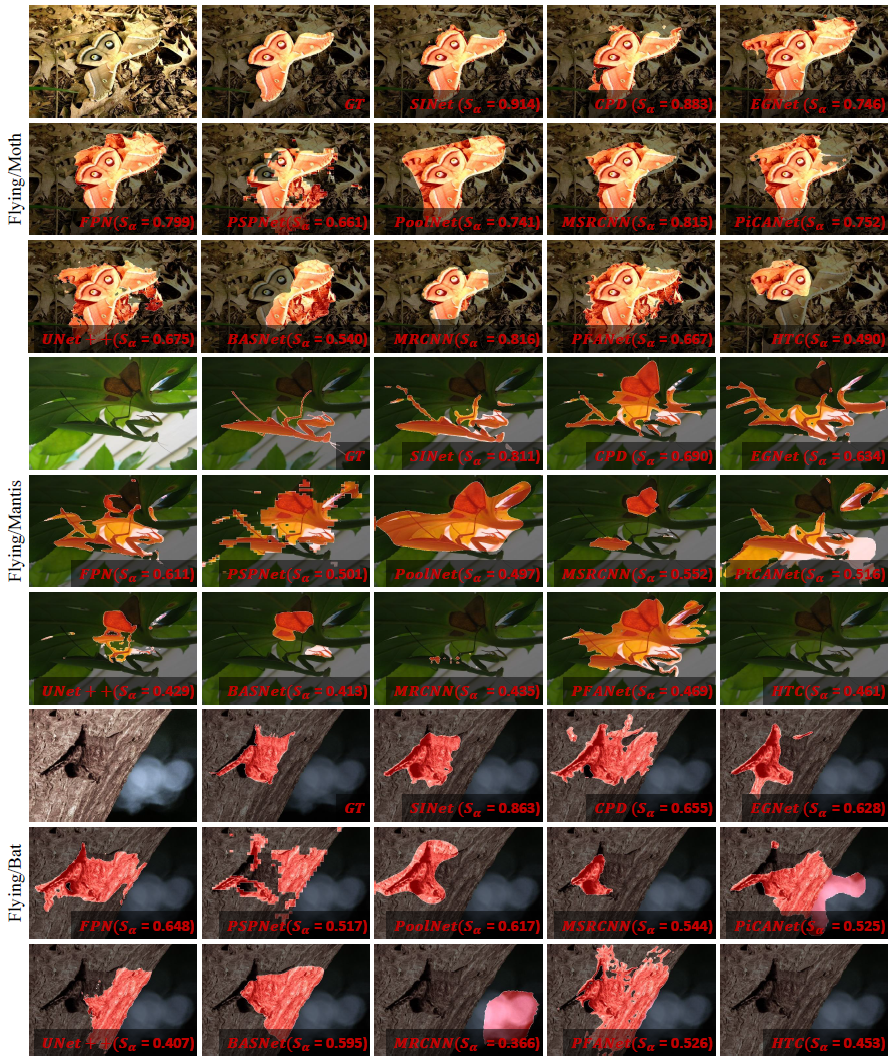
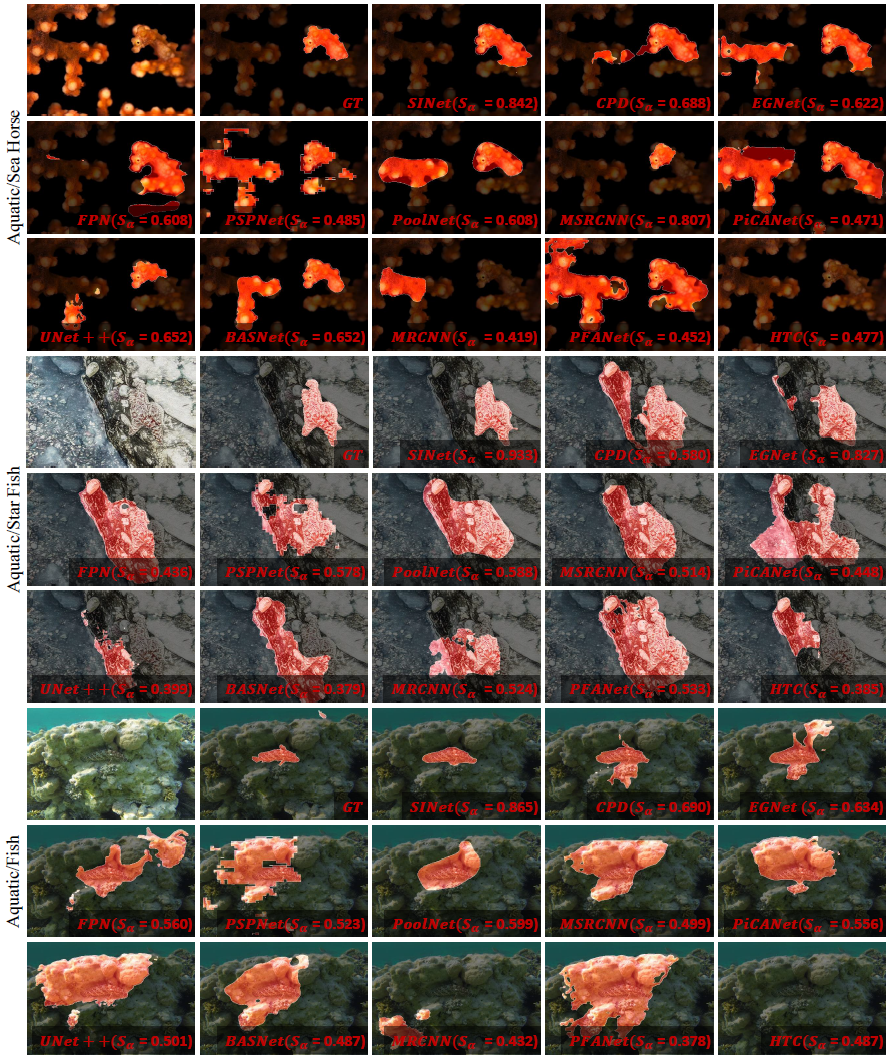
Bibtex
@article{fan2022concealed,
author={Fan, Deng-Ping and Ji, Ge-Peng and Cheng, Ming-Ming and Shao, Ling},
title={Concealed object detection},
journal={IEEE Transactions on Pattern Analysis and Machine Intelligence},
year={2022}
}
@inproceedings{fan2020camouflaged,
author={Fan, Deng-Ping and Ji, Ge-Peng and Sun, Guolei and Cheng, Ming-Ming and Shen, Jianbing and Shao, Ling},
title={Camouflaged object detection},
booktitle={CVPR},
year={2020}
}